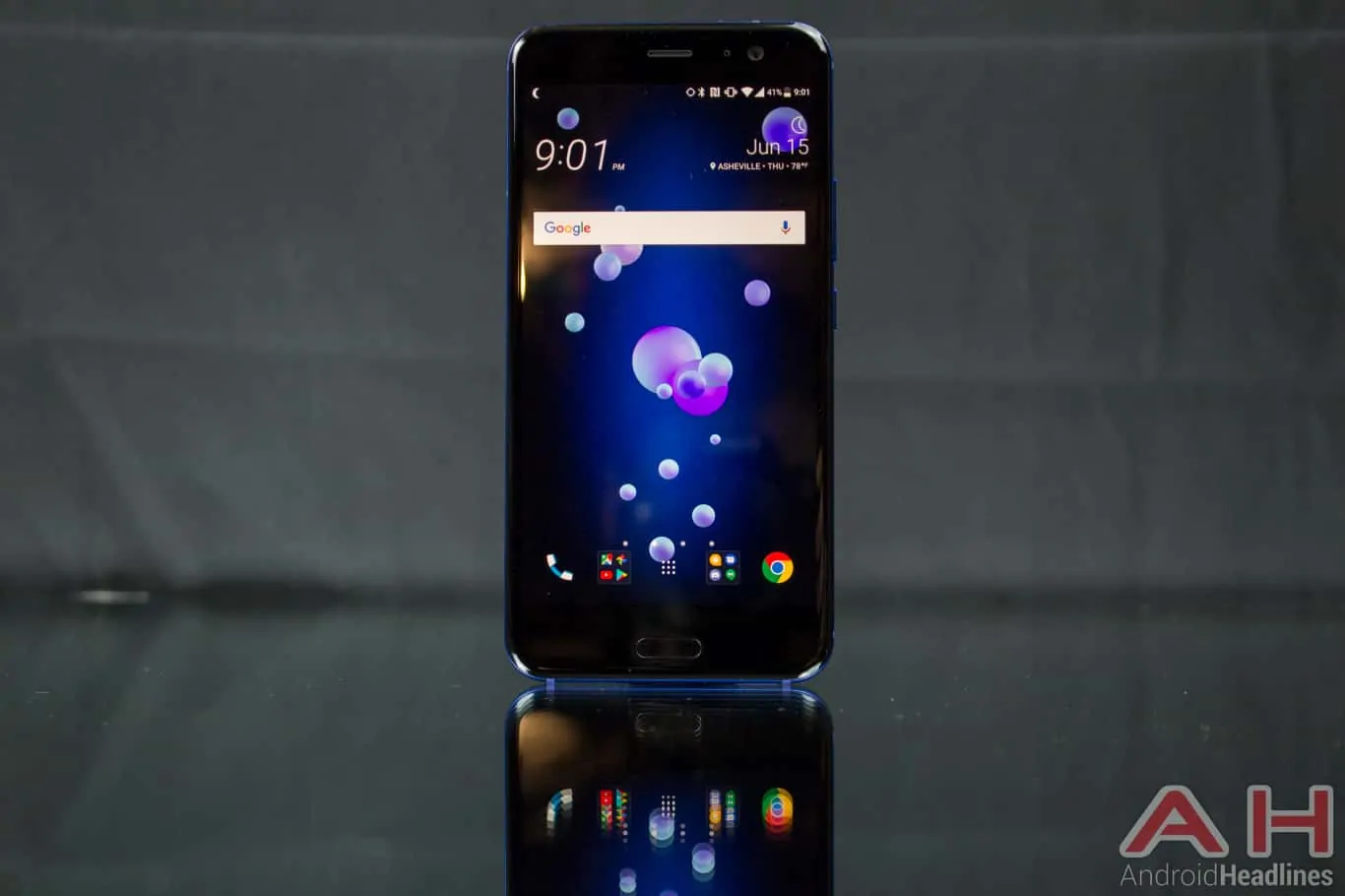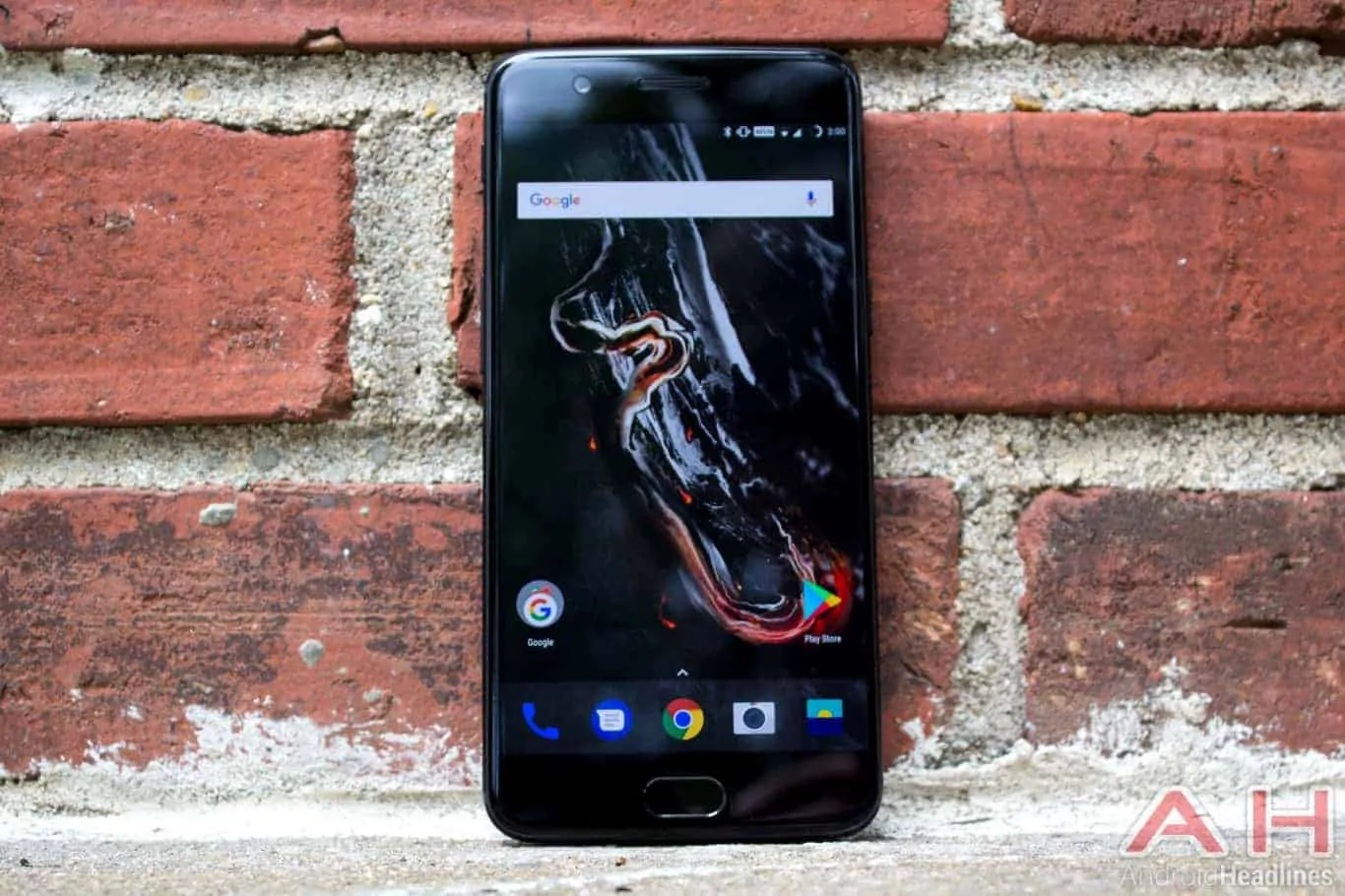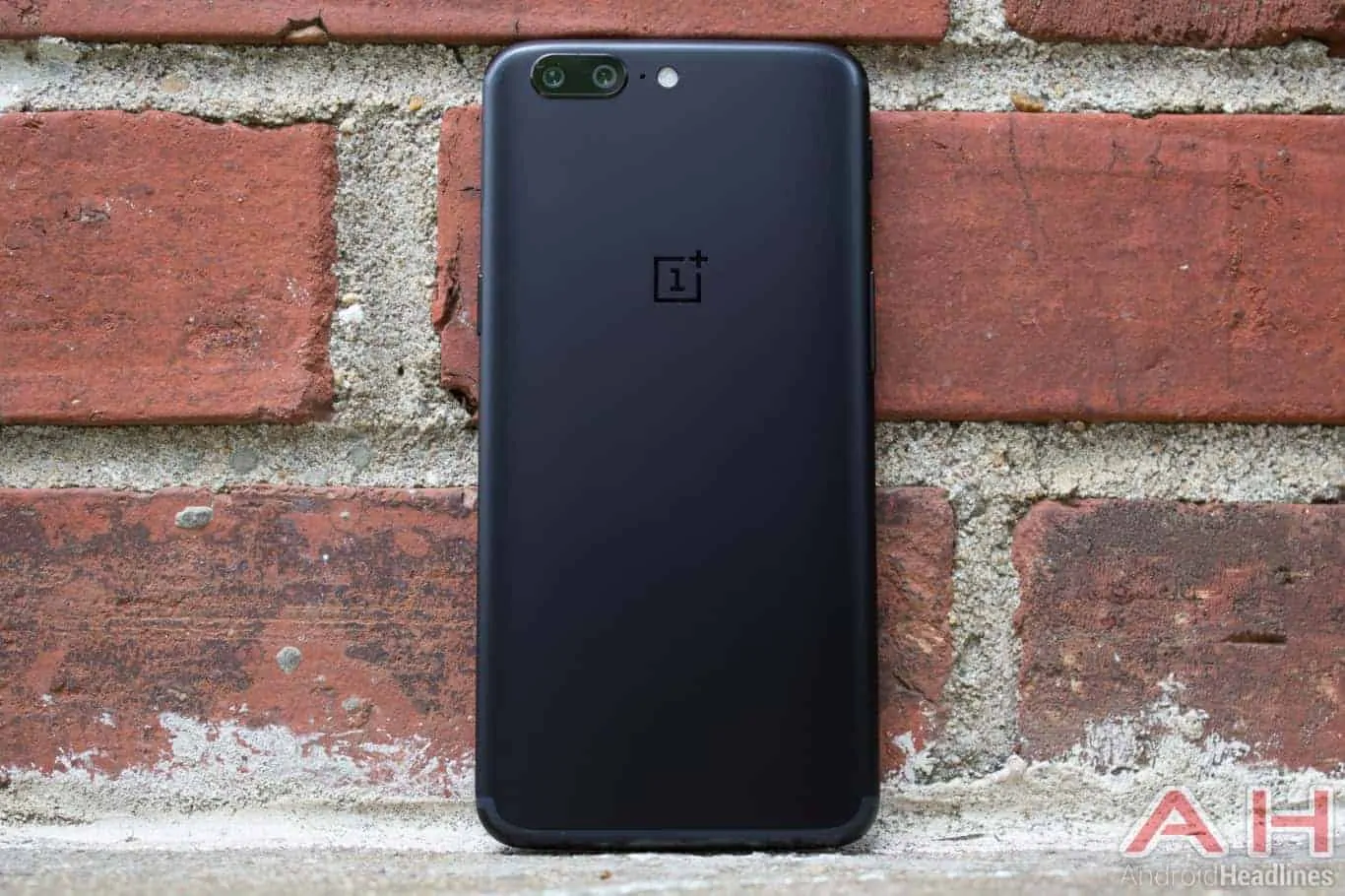Introduction
The HTC U11 and the OnePlus 5 are two of the best, most performance-oriented smartphones money can buy right now, which is why we’ve decided to pit them against one another in today’s head-to-head comparison. On the one hand, you’ve got the latest flagship smartphone from one of the most respected Android OEMs on the planet – the company that actually started the Android revolution in the right earnest with devices like the Evo and the Hero, while on the other, you’ve got a Chinese startup that released its first product barely three years ago in April 2014. However, varied as they are in their history, their newest smartphones both have their own pros and cons, so which one deserves your money? Let’s find out!
Specifications

HTC U11

The HTC U11 is the latest premium smartphone from the Taiwanese tech company that was once at the forefront of the Android revolution. The device comes with high-end hardware as well as the novel ‘Edge Sense’ feature, but the one thing that hits you immediately when you look at it, is its glossy, ‘Liquid Surface’ design along the lines of the company’s earlier U-series devices, like the U Play and the U Ultra. It is also one of the very few mainstream Android devices to ship with as many as three voice-based personal assistants out-of-the-box, including, Google Assistant, Amazon Alexa and the company’s very own HTC Sense Companion.
In terms of hardware, the device features a 5.5-inch WQHD (2560 x 1440) Super LCD5 capacitive touchscreen display that’s protected by Corning’s Gorilla Glass 5. It is powered by the Qualcomm Snapdragon 835 SoC and ships with either 4GB of RAM and 64GB of internal storage, or 6GB of RAM and 128GB of internal storage depending on the variant. Both versions support microSD cards of up to 256GB in capacity. The device comes with a USB Type-C port for charging and data syncing, but misses out on the 3.5mm audio port. On the software side of things, the device ships with Android 7.1 Nougat out the box, and is expected to be updated to Android O going forward.
As far as photography is concerned, the HTC U11 comes with a 12-megapixel primary camera with the company’s proprietary UltraPixel 3 and UltraSpeed Autofocus technologies. The camera has an f/1.7 aperture, 1/2.55-inch sensor, phase detection autofocus (PDAF), optical image stabilization (OIS) and a dual tone LED flash. Software features include geo-tagging, touch focus, face detection, HDR and panorama. The camera can record 4K videos at 30fps and 1080p videos at up to 120fps. The front-facing selfie-cam on the HTC U11 is a 16-megapixel unit that can record 1080p videos at 30fps.
While all of that sounds pretty good, the most novel feature of the HTC U11 is ‘Edge Sense’ – a technology that allows users to squeeze the sides of the device to interact with the phone in a number of different ways. The feature supports both long and short squeezes, and by default, launches Google Assistant with a long squeeze and fires up the camera with a short one. However, Edge Sense is customizable, so users can change what the squeezing does, which means you may assign any other app to your squeezes according to your choice.
The rest of the hardware is also along expected lines, with a long list of sensors that include a front-mounted fingerprint scanner, an accelerometer, a gyroscope, a proximity sensor and a magnetometer (e-compass). The phone also includes an NFC chip which should ensure compatibility with most mobile payment platforms, while a 3,000mAh non-removable Li-Ion battery with support for Quick Charge 3.0 keeps the lights on. The device also comes with IP67 certification, which means it is also waterproof and dust-resistant. The device measures 153.9mm in length, 75.9mm in width and 7.9mm in thickness while weighing in at 169 grams.
OnePlus 5

As a company, OnePlus may still only be in its infancy, but high-quality hardware, relatively unobtrusive software and pocket-friendly price-tags have already made its flagship smartphones some of the most sought-after Android handsets on the market. As a successor to the OnePlus 3T, the OnePlus 5 brings to the table a flagship-quality device for the price of a premium mid-ranger. No wonder it’s become a massive hit worldwide, and although it is expected to have more competition from the likes of the upcoming Mi Note 2 in places like China, the company’s largest markets – the U.S. and Western Europe – are likely to remain largely unaffected, as Xiaomi doesn’t yet officially sell its products in those regions.
On the hardware side of things, the OnePlus 5 features a 5.5-inch 1080p Optic AMOLED screen protected by Corning Gorilla Glass 5. It is powered by the Qualcomm Snapdragon 835 SoC that comes with a 64-bit CPU with eight custom Kryo 280 cores, four of which are clocked at 2.45GHz and four others at 1.9GHz. There’s also an Adreno 540 GPU to take care of all the graphics processing needs. The device is offered in two different versions – one with 6GB of RAM and 64GB of internal storage, and another, with 8GB of RAM and 128GB of built-in storage.
In terms of imaging resources, the OnePlus 5 sports a dual-camera module on the back. While one of the cameras incorporates a 16-megapixel Sony sensor with an f/1.7 lens, the other one comes with a 20-megapixel sensor that’s paired with an f/2.6 telephoto lens. The front-facing camera on the OnePlus 5 also comes with a 16-megapixel sensor, but with 1.0μm pixels and a lens that has an f/2.0 aperture. As far as videos are concerned, while the front-facing camera can shoot 1080p videos at 30fps, the rear-facing module can actually shoot 4K videos at 30fps and full HD videos at up to 120fps.
Connectivity features on the OnePlus 5 include Wi-Fi 802.11 a/b/g/n/ac, Wi-Fi Direct, DLNA and Bluetooth 5.0, alongside a USB Type-C port for charging and data syncing. Unlike its rival in today’s comparison, the device also keeps the 3.5mm audio port for backwards compatibility with older headphones and audio systems. The device also supports GPS with A-GPS and GLONASS, while sensors include a fingerprint scanner, an NFC chip, an accelerometer, a gyroscope, a proximity sensor and a magnetometer. The OnePlus 5 comes with Android 7.1.1 Nougat pre-installed in the form of Oxygen OS, and carries a non-removable 3,300mAh battery. The device measures 152.2mm in length, 74.1mm in width and 7.3mm in thickness while weighing in at 153 grams.
While the hardware on the OnePlus 5 works just as well in reality as it looks on the spec-sheet, the device has already seen its own share of controversies. From the much-hyped “jelly scrolling issue” to the dreaded “911 bug,” let’s just say it has been an eventful few weeks for OnePlus and its employees. However, the one controversy that OnePlus simply cannot rectify by pushing through an update or wish away by blaming “persistence of vision,” is the design language of the phone. As has been pointed by various observers over the past several weeks, the OnePlus 5 looks way too similar to the iPhone 7 Plus for comfort. However, there’s much more to a smartphone than its looks, which is why the device is still one of the most popular smartphones this year.
And The Winner Is …

The Final Word
The HTC U11 is a great smartphone when taken in isolation, about that, there is little doubt. Its Liquid Surface design language makes it stand apart from the competition and Edge Sense is certainly an innovative feature. Overall, it is a significant improvement from its predecessor, but one has to say that HTC priced it out of the market with the $700 tag at launch. Although the price has come down a bit since then, the device is still struggling to gain traction among buyers, and it’s not difficult to see why. The revolutionary new Galaxy S8 is only a little more expensive, while at the lower end, you can get much the same hardware at a reduced price from devices like the OnePlus 5. Sure, it doesn’t have Edge Sense, Force Touch or Bixby, but for what it does bring to the table, it’s difficult to beat the price-performance ratio of the OnePlus 5. Which is why the combination of robust hardware and a pocket-friendly price-tag makes the OnePlus 5 a winner in our head-to-head today.
Buy The HTC U11 Buy The OnePlus 5

